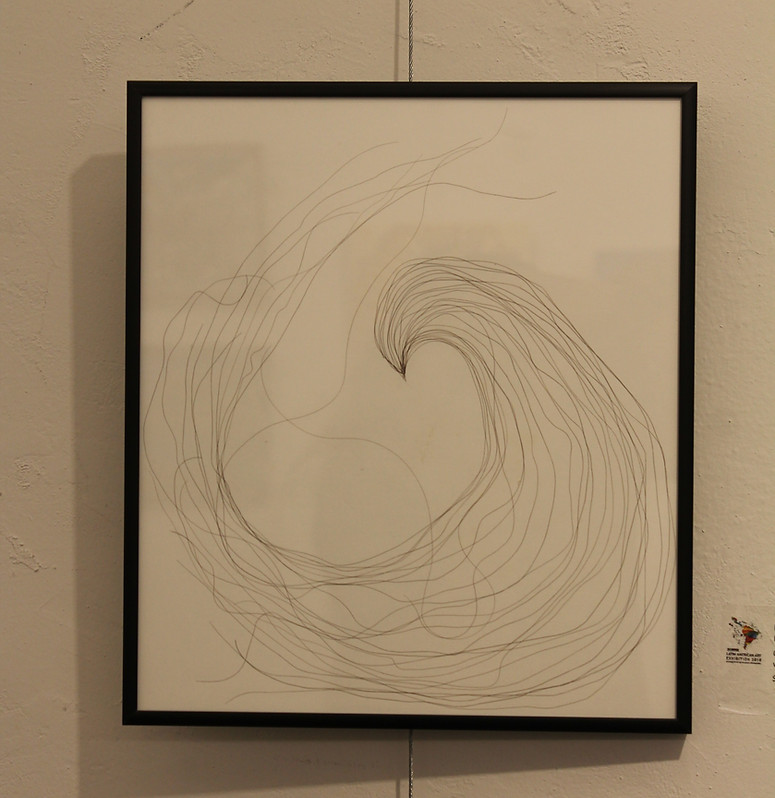Fredy Rivas
Of the series / Fiesta Patronal /
Map's Patron Saint feast
Patron saints in the west were, from the third century onwards, figures that catalized anthropological and everyday anxieties for the inhabitants of little cities and towns. As representatives of local identities, languages and microcultural needs, patron saints played quasi-totemical roles for peoples in search of safe anchores in the middle of the dangers of the time space/weaving of reality: they provided wellfare, food, health, healing and the hope of conquer the ephemeral nature bodies and subjectivities. As a consequence, patron saints became the loci and the axis of practices centered on the superation of the painful human nature, became vehicles of an intense experience of the cultural bond shared by society members –one often charged with a metaphysical status-.
That´s the reason why the feasts celebrated in honour of patron saints played the role of longed disruptions in the course of nature and time. Through the feast –always a fluid dialogue between the sacred and the profane-, peoples find a ladder to a more plentiful experience of their communal bond –a kind of metasubjectivity-, and, as an effect, the theatrical aspects of feast performances were always linked with carnivalesque attitudes: dance, drinking, temporal inversions of gender roles and games charged with sexual resonances: all actions related with a resolute search of unity beyond the purely individual.
Saint´s Feasts/Fiestas Patronales asseses the dialogues, dichotomies, articulations and social expectations involved on patronal feasts through an objectual and viusal research on the links between alcohol and saintly blood –a fluid always present on patron saints hagiographies-, drinking practices and mysticism, dance and the pursuit of celestial ectasy, everyday experience of time and the disruption of the reality continuum by means of sacred theater and carnivalesque performance. Through photography, ready made and objectual interventions, Saint´s Feasts/Fiestas Patronales intend to prove that traditional dichotomies between the sacred and the profane realms are no more than the result of pure conceptual processes of cultural differentiation, processes that nullify the very life experience of local towns and peoples in Latin America and catholic Europe. Language –the material one as well as language conventions shared by people- is the thread that links the profane with the sacred on an indivisible unity.
Of the series / Resistance / Self-Portrait
Mixed Technique / 29 x 31
Composition based on black hair spiral on a white base.

Of de Series / Made in China
Print with rubber stamp on Chinese paper
Dimensions 47cm x 63cm
Rectangular format. Composed of 10 blocks of text in black colour with black base.

Of the Series / Canibalimo /
Wood, Trunks and Steel / 33 x 76
Tridimensional Artwork of two three trunks suspended by ropes and steel tensors.




